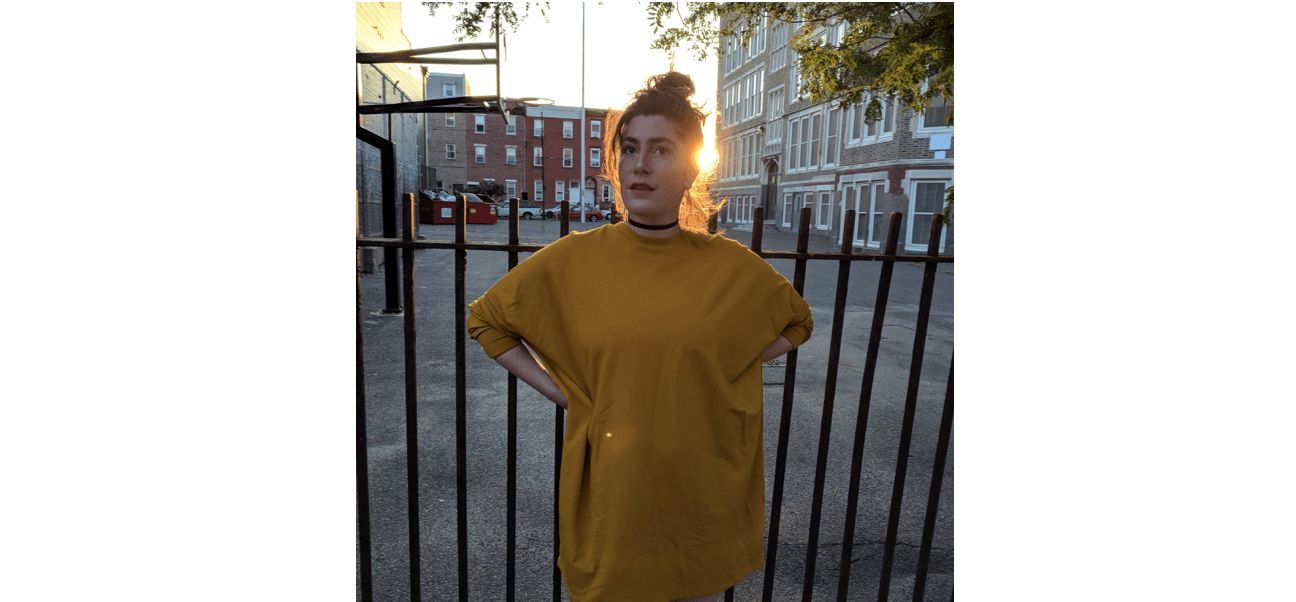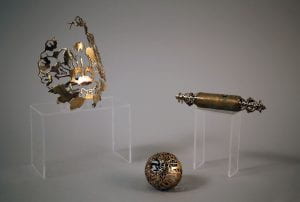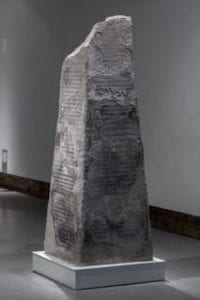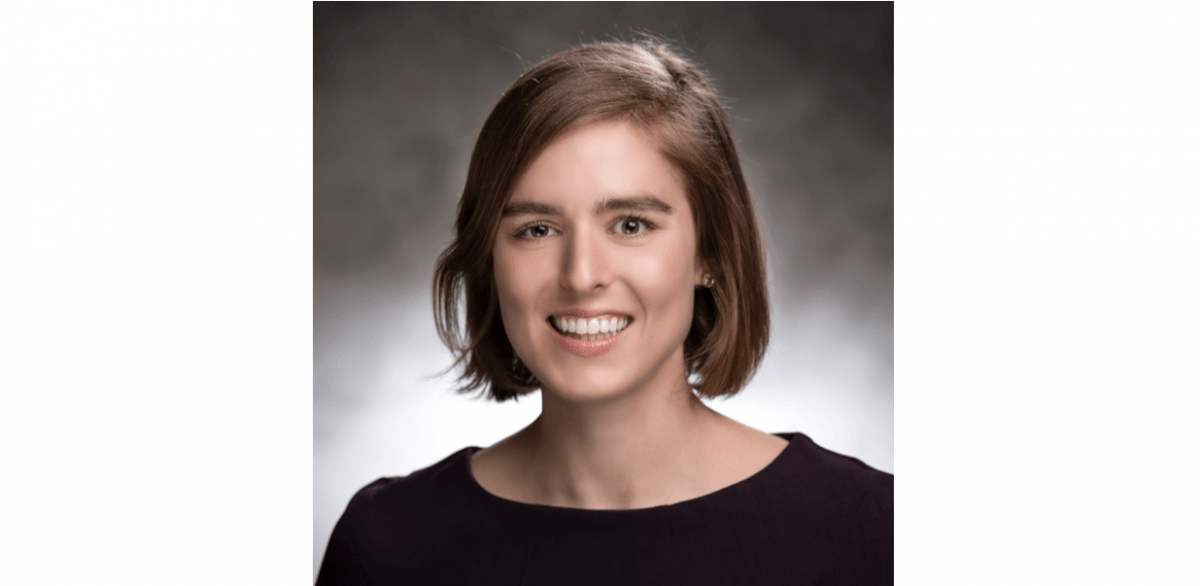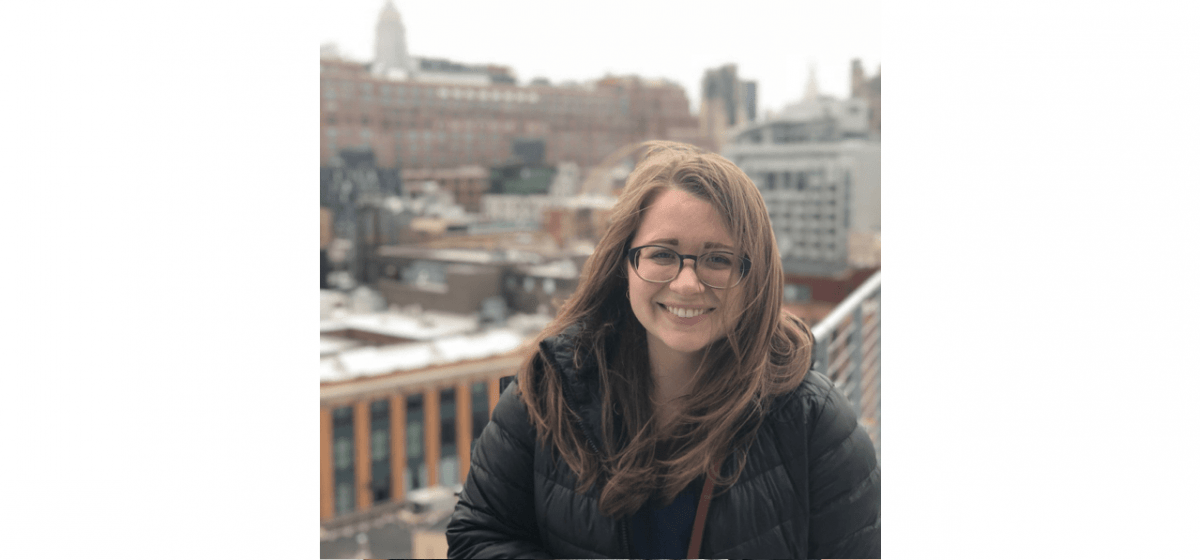Sera Boeno ’14 tells us about pursuing a career in the arts after Dartmouth
Where did you grow up? What led you to Dartmouth?
Born and Bred in Istanbul, Turkey. Towards the end of my high school years, I decided that I was looking for a higher education system that would allow for a little bit more exploration and multi-disciplinary opportunities than Turkey’s. I went to an American high school, so the counseling and support system was in place for me to look into American colleges. Istanbul is a big city, and the city digests community a little bit. I was attracted to schools that had closer knit communities and were academically rigorous. Dartmouth was a great fit.
What did you do during your time at Dartmouth?
I double majored in Psychology and Brain Sciences (Neuroscience) and Studio Art (Sculpture, Honors). I was a Panarchist, KDE, and a member of a senior society.
How did you decide to work in Dartmouth’s studio art department after college?
Dartmouth’s studio art department is really amazing. The faculty and staff are just overall amazing people, and the new –well they were new at my time– facilities are unparalleled. The Studio Art department offers a teaching internship/fellowship to a handful of graduating studio art majors every year. In return for assisting teaching in classes, the teaching fellows are given studio space and continued access to the VAC facilities. I imagined it would be an invaluable opportunity to hone my teaching and art practices. I was correct.
What was your MFA experience like? Would you recommend that route for aspiring artists?
My MFA experience at Maryland Institute College of Art’s Rinehart School of Sculpture expanded my practice, as well as my understanding of a professional art career. It was quite self-driven, basically I was in a space for a given amount of time to focus and figure out where my work was going. My specific department was in a transitory period in terms of its faculty which drove me to make connections outside of my immediate academic community, with different faculty, emerging curators and artist from other disciplines. I also ended up doing three different focuses, in Curatorial Practice, Critical Studies and Art Education.
It’s hard to speak to the general status of the MFA’s in the States as they are wildly different in setting/facilities/faculty. Mine allowed me a focused time to make work in a city setting, helped me create connections and opened doors for me professionally. It is a big investment, so I think it is really important to understand what you are looking for as an artist and choose a path accordingly.
You are both an artist fellow at the Hamiltonian Gallery in D.C. and a creative director in Philadelphia for KUZU Creative House. Can you describe your role in each organization? How do you manage to juggle both jobs?
The Hamiltonian is a gallery non-profit that works with emerging artists. I am current fellow there; they represent me and my work, and I show there at least twice a year. I’m currently in a group show New.now.2018 that runs until November 3. My next show there is a joint focus show with another fellow, Kaitlin Jensco, to open April 6, 2019.
They do an open call every year to select a small group of fellows to represent for the next two years. During these two years, the fellows are given multiple opportunities to show in solo and group shows in the space and at fairs. The Hamiltonian also facilitates interaction with the DC Art community, collectors and curators, and does professional development programming for their fellows. It’s really a wonderful opportunity and the team there is absolutely extraordinary.
I also work for KUZU Creative House, which is a digital design start-up. I officially oversee the creation of creative content from conceptualization to production. It’s a very supportive and close-knit community environment that works with different creatives on a contract basis so the roles are always flexible and everyone does a little bit of everything as needed. We just received a fellowship to do a team retreat outside of D.C.
Juggling the two is not easy, especially because my studio is in Baltimore, gallery in D.C and work in Philly so traveling has become a constant in my life. I appreciate the disparateness of the mediums that my two main works require, as they become breaks from each other. I also have an obsessive calendar writing routine, and a favorite calendar. A good calendar is really key if you are creative, because you are necessarily doing multiple things that vary in scope and time, to sustain you and your practice. When I was working in Nagoya, Japan I discovered a specific type of calendar that lets me plan my week, tasks, goals and memos to the minute and that has become a staple in my day to day. I also try to make sure I don’t cut from my self-care routines like exercising and meditation, which keep me grounded in what I do. Overall, I do work a lot, and I do get tired, but I love what I do and that makes it worth it.
Left to Right: Ornament IV: Scold’s Bridle in the Form of Hataî. (Süs IV: Hataî Formunda Susturucu Maske), 2018, 5” x 3.5” x 5”, Bronze. Ornament V: Ball Gag with Penç Motifs. (Süs V: Penç Motifli Top Susturucu), 2018, 2” x 2” x 2”, Bronze. Ornament VI: Bit with Tepelik Motifs on Ends. (Süs VI: İki Ucu Tepelik Motifli Gem), 2018, 1.5” x 5”x 1.5”, Bronze. Photo courtesy of Hamiltonian Gallery
How did your experiences at Dartmouth help to shape your career path? (What is the link between college and the career path you have followed?)
The studio art program is quite rigorous just like any other program at Dartmouth. It helped me create a solid conceptual and practical foundation for myself. I received a grant and a scholarship for my work during my time there which confirmed my path for me. The friends I made who share the same path as I do are also quite precious; we are a community that is slowly rising together, looking out for each other in shows, applications, and opportunities. Also, just seeing and learning from the artist faculty, listening to artist alumni and visiting artists who all thrive was a great nod towards following my passion. My Neuroscience major, on the other hand, has equipped me with a research methodology that I still use in my work today.
Would your senior self be surprised that this is the path you have chosen?
To portions of my path, for sure.
What are your goals for the future?
The art work is always one step ahead of me, which is a great thing. So the main goal is the pursuit of the work. On the road, I would love to have the opportunity to teach, keep showing and travel.
What is the best advice you have ever been given (career-oriented or otherwise!)
I oscillate between “Be as kind to yourself as you are to your best friends” and “Don’t waste your own time.”
Do you have any advice about making the best of your Dartmouth experience? Is there anything you wish you had known about your career path/working life while a college student?
Take an art class and/or make use of the amazing Workshops that Dartmouth offers. The critique system built into the Studio Art Classes is pretty amazing for it really teaches one how to take, give and sift through critical criticism, which are skills applicable to all parts of life. Also, creating something, and with your hands, is such a joyous, cathartic and rewarding experience. Most of the student body won’t have access to facilities like that for at least a while after college so make the time to make things!
What is your number one bucket list item for Dartmouth seniors? (i.e. Lou’s challenge, go to Montreal for a weekend—something fun!
Get invited to Gatsby.
Monument IV (Twin Obelisks), 2018, 6’x2’x2′, Prints on Concrete, charcoal. Photo credit: Patrick Harkin, courtesy of Hamiltonian Gallery.

